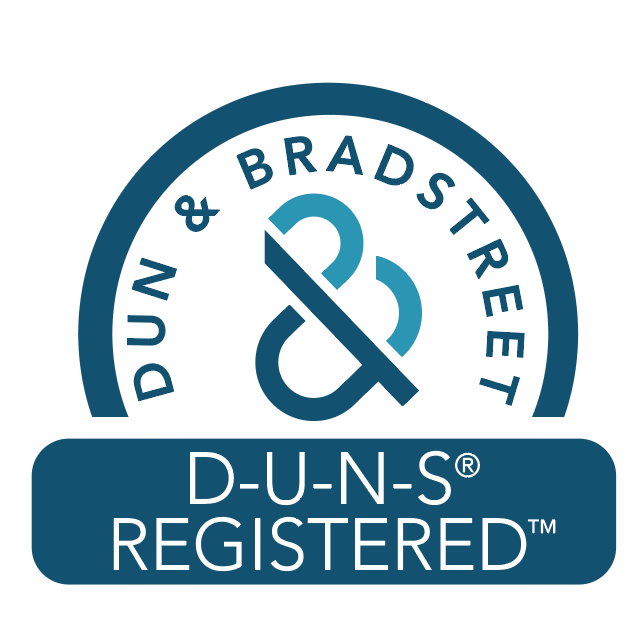Buying effectively to counter rising inflation
In my previous post, I had already stressed how promotional products could help you stay visible to be found. This post deals with buying them effectively even during rising inflation. Let me demonstrate how.
To hoard stocks or raw material in anticipation of a sharp increase in their demand or a proportional rise is akin to gambling. But for a supplier, buying stocks on the back of strong order books or with letters of intent provides insulation against rising prices. A benefit he may or can pass on to his clients.
Contract buying I was a disbeliever in the contract buying system when it was offered to my company a few years back. The reason? Ambiguous and constantly changing buying patterns of corporates. The problem was not in the exercise but with the pattern. The same system can work for mutual benefit if planned properly. Here is how one needs to do it. This is of course from a supplier / vendor’s viewpoint and my experience in the business for nearly 2 decades.
Every company is allotted an advertising budget and a part of it goes towards procurement of promotional products. Similarly HR departments also allot a budget towards procuring for rewards & recognition programs. The best way to go about this would be consult with the user groups and ask them to provide a list of products that they would in all probability use over the next one year. The key here would be to draw an accurate list that can be categorised as “standard items”. This set of “standard items” with complete specifications can be floated as RFP among the enlisted vendor base to get the best deal and ones that remains constant and insulated from price hikes for a definite period.
While this exercise is not new and has been in practice for a long time, what lacks in these kinds of RFPs is clarity. Most items listed are generic in nature and will not have details about certain attributes and variables. Let me cite a real example:
One of our clients was looking to buy a bulk quantity of promotional t-shirts spread over a year and cover it under contract pricing. They floated an RFP to all their vendors. The following specifications were given to them:
T-Shirt with Collar
200 GSM 100% Cotton with Collar – with Embroidery on Chest and Screen Print on Back
3000 pcs
While this might seem that the client has indeed outlined all specifications, he has not. A t-shirt with collar can be in various structures like polo pique, honey combed, aertex, sinker and so on. So is the myriad of colors available in them. Different colors have different dyeing costs. If white is the lowest, the next in line are light colors like pink, yellow and grey. They are followed by darker shades like red, navy, brown, and then black followed by royal blue in the increasing order of dyeing costs.
That’s not all. The customization part says “embroidery on chest”. Now, what is the size of that embroidery design? Embroidery charges are governed by a setup cost and embroidering charges are based on the number of stitches the design would comprise of. Even the screen print on the back does not tell me how many colors is the design going to be in? Screen printing charges usually depend on the number of impressions (colors) and the size of printing area.
When such specifications are given, which is not uncommon, the supplier is on a sticky wicket. To safeguard himself from possible losses, he gives a cost that could be higher than actual. In the event the client awards the contract to the supplier who has quoted the least, the supplier will compromise on quality if he finds he has quoted far too less since he has not addressed the ambiguity in the RFP. This will again result in poor procurement and low value for money.
The ideal way to draft such a requirement will require specifications like this one:
White polo pique t-shirts with collar in 100% cotton, 200 gsm fabric with 3” X 3” embroidery in front and a 3 color, 10” X 8” screen print on the back.
Only when such critical details are laid out will you be able to elicit accurate costs that you can compare across your vendor base.
To continue…
To know more about t-shirts, printing or embroidery, visit us at spentacorp.com











